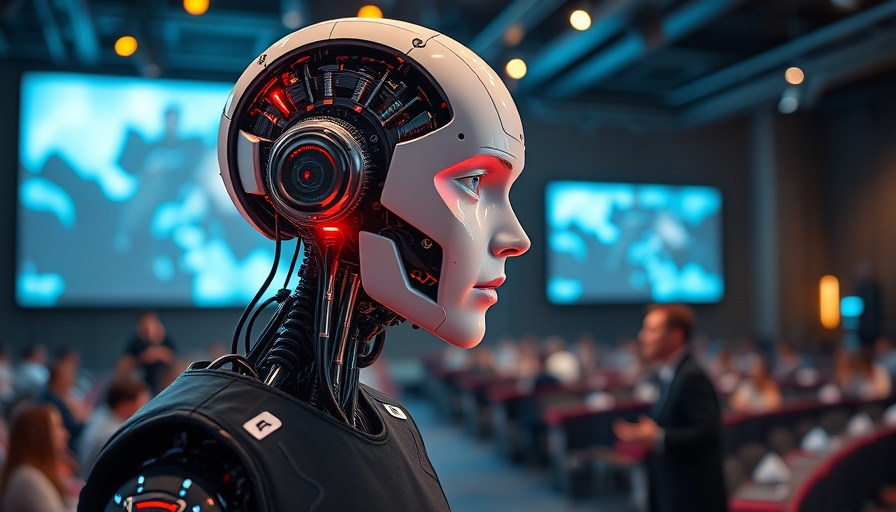
Revolutionizing AI: A Deep Dive into Alysia's Framework
In a landscape brimming with artificial intelligence developments, a new contender is emerging that promises to reshape the way we interact with AI: Alysia. This platform addresses the shortcomings of traditional retrieval-augmented generation (RAG) systems, particularly in how they respond to user inquiries. Unlike other systems that often provide vague or irrelevant answers, Alysia does more than just respond; it operates like a skilled navigator, guiding users through structured decision trees and adapting its outputs based on the context of previous queries.
In 'New FREE AI Just FIXED What GPT-5 Still Can’t,' the discussion dives into Alysia's innovative features, exploring key insights that sparked deeper analysis on our end.
A Unique Approach to AI Interaction
Alysia is built upon three fundamental pillars: decision tree architecture, dynamic data display, and data expertise. By maintaining a clear record of decisions made, Alysia enhances transparency throughout the AI’s reasoning process. Each step is visible, allowing users to see how the AI derives its answers. For example, if a user asks for car prices but the database contains only makeup information, Alysia is programmed to acknowledge this limitation instead of providing nonsensical results, thereby saving users time and confusion.
Dynamic Display: Tailored Responses for Maximum Clarity
Another standout feature is Alysia's ability to dynamically choose how to present information. Depending on the dataset, it can format responses into product cards for e-commerce data or ticket layouts for software issues on GitHub. This adaptability not only improves user experience but also increases the efficiency of information retrieval, offering tailored results that cater to specific types of queries—something especially beneficial for tech startups in the Metro Detroit area aiming to optimize their digital customer interactions.
Understanding Your Data: Alysia’s Data Expertise
Before Alysia executes a search, it first familiarizes itself with the entirety of the dataset. This foresight addresses prevalent issues encountered by naive RAG systems, such as ambiguous questions or overlapping data types. By mapping out relationships within the data beforehand, Alysia prepares itself to respond effectively, which is crucial for Michigan innovation hubs seeking clear and accurate data insights.
Customizable and Accessible: The Future of AI for Everyone
The framework’s design is not only highlighted by its advanced features but also by its accessibility. Tech enthusiasts and professionals in Detroit can easily integrate Alysia into various setups with just a few setup commands. This democratizes access to advanced AI capabilities, enabling Metro Detroit software development firms to harness the power of AI without extensive resources. Alysia is also open-source, meaning anyone can modify or extend its capabilities, fostering a collaborative environment among developers.
What's Next? The Potential Impact on Michigan's Tech Ecosystem
The introduction of Alysia signifies a crucial development within the Michigan artificial intelligence sector. As more startups and established companies in Metro Detroit begin to adopt such responsive and efficient AI systems, we could witness a significant transformation in how businesses operate. This shift may lead to enhanced productivity across the state, contributing to Michigan's growing reputation as a hub for technological innovation.
Ultimately, Alysia is not just about its structural advantages; it represents an opportunity for companies eager to innovate and stay ahead of the curve in Detroit tech events. By embracing new frameworks like Alysia, tech founders can foster a culture of data-driven decision-making while ensuring their teams are equipped with the tools necessary to succeed in a rapidly changing environment.
In a world where some will leverage AI for entrepreneurship while others may find themselves left behind, the choice rests with the individual. Don’t miss the opportunity to explore how Alysia can empower your business. Take a proactive step into the future of AI and digital transformation.
 Add Row
Add Row  Add
Add 



Write A Comment